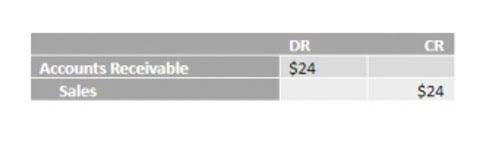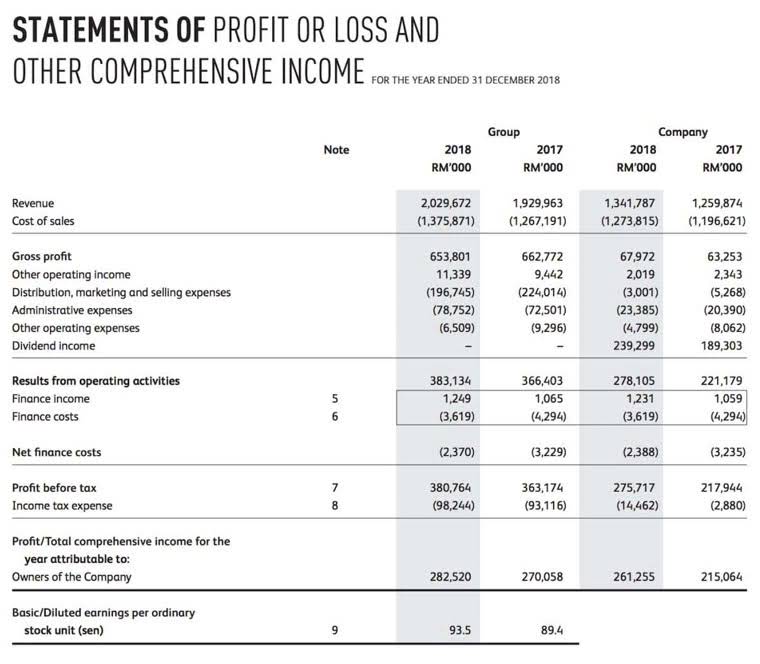
These two terms refer to different ways of measuring the expenses incurred in producing and selling goods. Understanding the differences and similarities between them can help managers and investors make better decisions about the performance and profitability of a manufacturing business. In this section, we will explore the definitions, components, and calculations of the cost of conversion and the cost of goods sold, as well as some of the advantages and disadvantages of using each method. Conversion costs are an easy way to know the production expenses of direct labour and manufacturing overhead.

Improve Workforce Productivity – Some Strategies to Reduce Conversion Costs

In conclusion, conversion costs are a critical aspect of the production process, and understanding what they entail is essential for businesses to ensure profitability. By calculating and tracking conversion costs, companies can make informed decisions, optimize conversion costs their production processes, and reduce costs. With the right strategies and best practices in place, companies can increase their profitability and achieve long-term success. Direct labor costs are the expenditures spent on factory workers directly involved in converting raw material into finished goods.
- Conversion costs are the expenses of manufacturing overhead and direct labour that are needed to produce raw materials into finished products.
- By implementing lean manufacturing principles, manufacturers can streamline production processes, reduce cycle times, and eliminate non-value-added activities.
- The selling price of the product needs to be set in a way that covers all the costs incurred during the manufacturing process, including conversion cost.
- Understanding conversion costs is crucial for businesses to set prices, make informed decisions, and optimize their production processes.
- Suppose a company operates at full capacity and the conversion cost of producing additional units exceeds the revenue generated.
- Samsung has a cell phone production unit with a production capacity of 10,000 daily it incurs day-to-day expenses to keep its business running.
Classification of Conversion Costs
Direct labor costs are the wages and benefits paid to the workers who directly work on the Interior Design Bookkeeping product. Manufacturing overhead costs are the indirect costs that support the production process, such as utilities, rent, depreciation, maintenance, etc. Calculating Conversion Cost involves adding up the direct labor costs and manufacturing overhead costs. For example, if a company incurs $10,000 in direct labor costs and $5,000 in manufacturing overhead costs during a specific period, the Conversion Cost would be $15,000. On the other hand, calculating Prime Cost involves adding up the cost of raw materials and direct labor.

Our mission is to improve educational access and learning for everyone.
It should also be communicated and shared with all the relevant stakeholders, such as owners, managers, employees, customers, and suppliers, to ensure their understanding and commitment. TranZact is a team of IIT & IIM graduates who have developed a GST compliant, cloud-based, inventory management software for SME manufacturers. It digitizes your entire business operations, right from customer inquiry to dispatch. This also streamlines your Inventory, Purchase, Sales & Quotation management processes in a hassle-free user-friendly manner. Automated processes can CARES Act improve workplace safety by reducing the risk of accidents and injuries.
- It should also be communicated and shared with all the relevant stakeholders, such as owners, managers, employees, customers, and suppliers, to ensure their understanding and commitment.
- Conversion cost is one of the most basic accounting tasks in almost all the major business sectors.
- Managers also use these costs to evaluate the efficiency of the production process and identify waste.
- Labor costs can be difficult to track accurately, especially if workers multitask or work on multiple projects simultaneously.
- They should use appropriate tools and techniques to gather, store, process, and analyze the data, such as enterprise resource planning (ERP) systems, accounting software, and statistical methods.
- The manufacturing sector analyses both prime costs and conversion costs to measure efficiency in the production of a product.
Manufacturers can identify and address energy inefficiencies using sensors and other monitoring technologies, such as excessive machine downtime or overproduction. Automated processes are more accurate and consistent than manual processes, which can improve product quality and reduce the need for rework or scrap. By reducing errors and improving product quality, manufacturers can reduce the cost of quality control and improve customer satisfaction.


